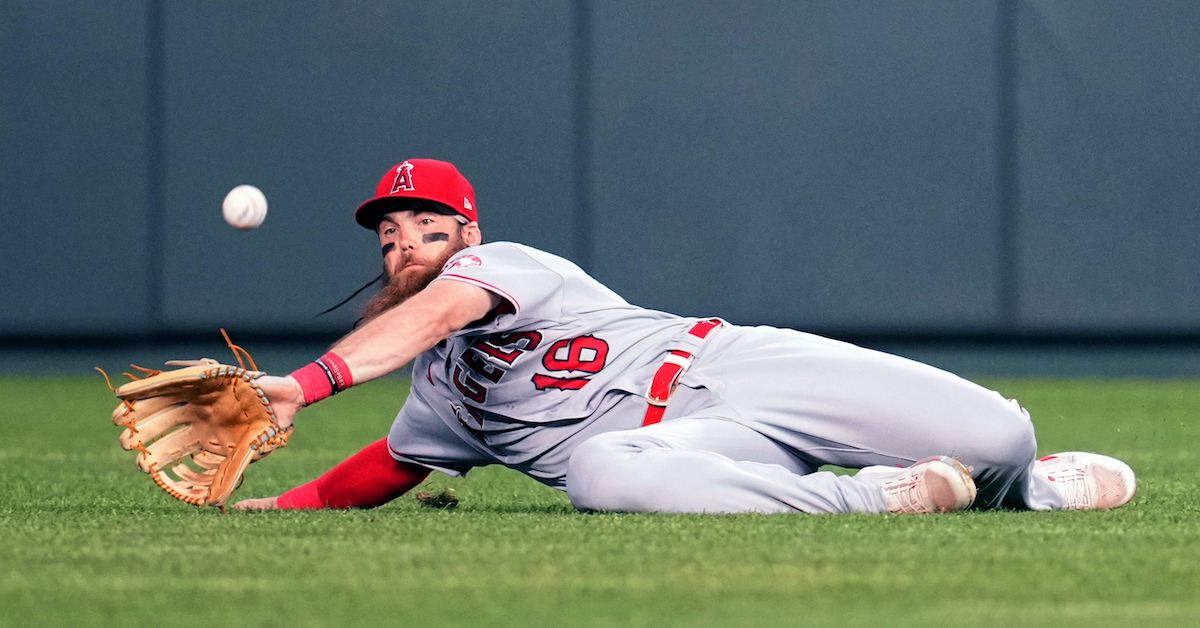Sunday Notes: Dave Raymond Has a Good Willie Mays Story
Dave Raymond has fond memories of June 13, 2012. Then in his final year as a broadcaster for the Houston Astros, the now TV play-by-play voice of the Texas Rangers got to call a historic pitching performance — and it wasn’t even his biggest thrill of the day. Prior to the game, he was in the presence of a legend.
Raymond had an inkling that the season would be his last with the Astros. He was in the final year of his contract, and an ownership transition was resulting in numerous changes throughout the organization. With his future up in the air, Raymond decided that he was going to “hit all the high notes,” making sure to enjoy aspects of his job that can sometimes be taken for granted. That’s how he met Willie Mays.
“In San Francisco, Willie was always down in the clubhouse, just available to chat,” recalled Raymond, who graduated from Stanford University before becoming a broadcaster. “I’d never wanted to bother him all those years, but I decided to make it a point to talk to him, whether that was for five minutes, 10 minutes, or whatever. So I went to the ballpark early, hoping to ask him some questions and hear a few stories. For instance, he’d hit his 500th home run at the Astrodome, and they’d brought him a cake afterwards.”
The hoped for five-to-10 minutes ended up being far longer. Mays held court for hours, to the point where Raymond had to tell the iconic Hall of Famer that he needed to head upstairs, as the game was about to start. As he was getting up to leave, he added that the Astros would be returning to San Francisco right after the All-Star break, and maybe they could talk again. Mays responded by saying, “Well, you’ve got to come over to my house then.” Read the rest of this entry »









